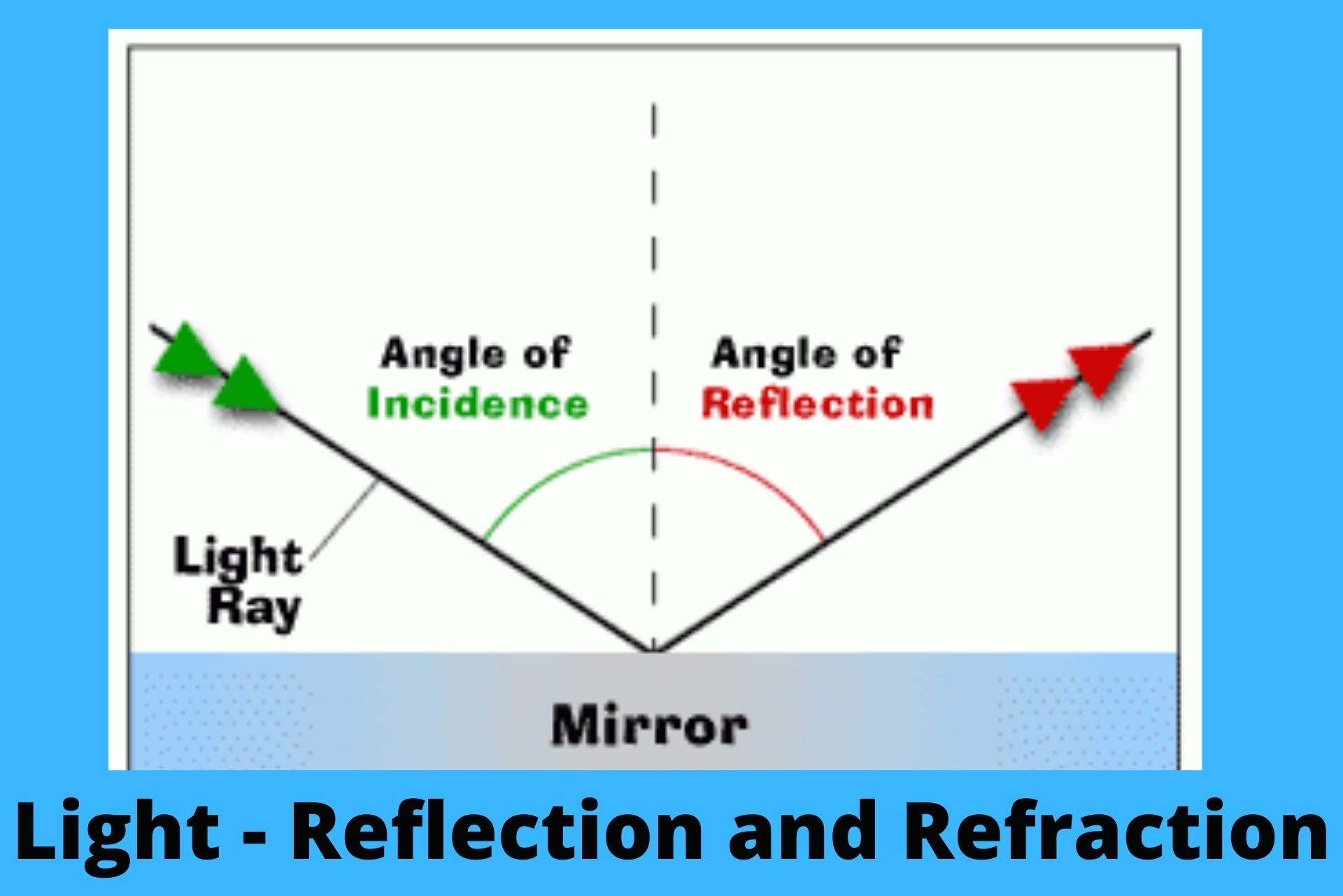Class 10 Science (Light – Reflection and Refraction)
Description
Light – Reflection and Refraction
Whenever we hear the word light, many questions arises in our mind. But the most common question that comes in our mind is ‘what is light?’. Why we are able to see the object in presence of light and not in the dark? What makes the things visible to us? And many such questions keeps wondering in our mind.
Light is can be defined as the form of energy which produce the sensation of vision. Whenever the light falls on a object it gets reflected by the object and received by our eyes, therefore enable us to see that object. There are many wonderful phenomenon associated with the light, such as image formation, refraction of light, twinkling of star, rainbow formation just after rain, etc. In this chapter we will discuss about all these phenomena associated with the light, in detail.
Light exhibits two properties known as dual property i.e. wave nature andparticle nature. Light consists of electromagnetic waves which do not require any medium to travel. According to particle nature of light, light travels in a straight line and cannot pass through the opaque wall or any other barrier.
Other phenomena like reflection, refraction, and casting of shadow also shows the particle nature of light. Thus the quantum theory of light explains both the nature of light according to the condition.
Topics for this course
Reflection of Light
Reflection of Light
The Spherical Mirror is Again of Two Types
Objects and Images
Image formation by a convex mirror
Test 1
Image Formation by a Concave Mirror
Refraction of Light
Lens
Power of Lens
Test 2
Human Eyes
Refraction through Glass Prism
Atmospheric Refraction
Test 3
Test 4
About the instructor
130 Courses
58 students


